Cognac is a well-known alcoholic drink that combines strength and a pleasant mild taste. However, despite its widespread distribution, few are aware of the secrets of the production of this noble drink. What is cognac distillate and what role does it play in the production of strong alcohol?
Definition
What are cognac distillates? Not everyone is familiar with this concept. According to GOST 31728-2014, cognac distillates are a wine distillate with a strength of 55% to 70%, obtained by distillation of wine material with subsequent storage in oak barrels for a period of aging. During this time, the distillate is aged and acquires the characteristic aromatic properties of cognac.
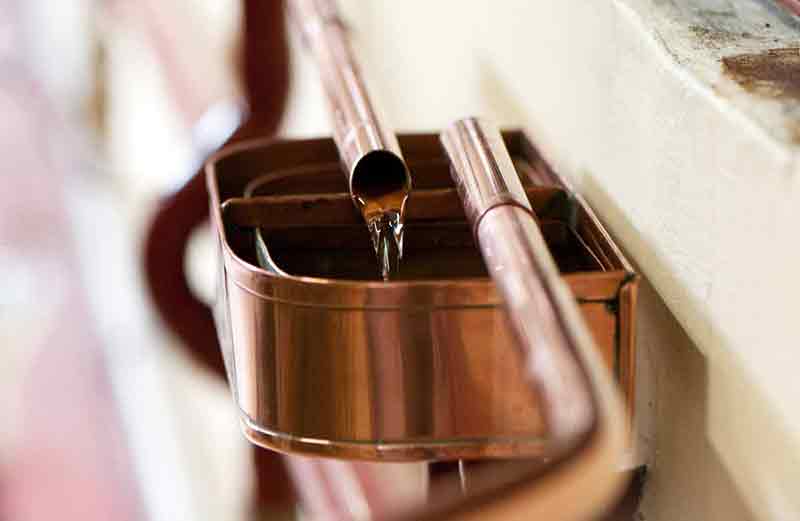
According to GOST, cognac distillate is of two types:
- Young - not in prolonged contact with oak wood and having a strength of 62% to 70%.
- Aged - having a period of aging in oak barrels. The final aging result has a strength of 55% to 70%.
GOST 31728-2014 "Brandy distillates. Technical conditions" most accurately reflects the standards and requirements for the production of the product. As well as its quality characteristics.
Differences between cognac distillates and cognac alcohol
What is the difference? According to all the same GOST 31728-2014, the production technology of cognac distillates is similar to the production technology of cognac alcohol. Therefore, the question "what is the difference between cognac alcohol and cognac distillate" will be the following answer: nothing. In fact, these are different names for one product.
In other editions of GOST on cognac distillates, a specific grape variety is indicated from which the product is subsequently made. Cognac alcohol can be made from completely different grape varieties.
Wine material spin
Before starting the distillation process, it is necessary to harvest the grapes for its subsequent processing. Most often, for the production of cognac, grape varieties Uni Blanc, Montil, Colombard, Fol Blanche are used. They differ in taste and aromatic qualities, therefore, the resulting distillates will have different characteristics.
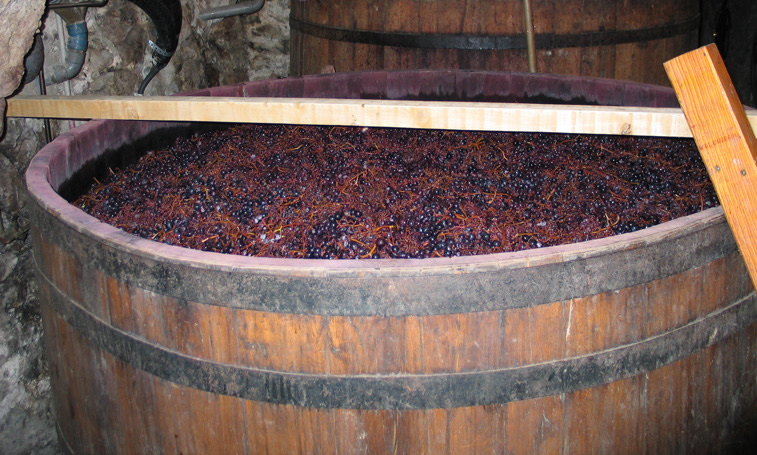
Grapes are harvested depending on the ripening of each of the varieties, but most often this happens in October. Then the bunches are sent to the press for extraction. It is important to use exclusively horizontal pneumatic presses, as they gently squeeze the berries, preventing crushing of the seeds.
Juice fermentation
After the extraction, the stage of fermentation of grape juice follows. During it, fermentation occurs, in which alcohol is released. At the fermentation stage, a certain amount of sugar is added to the wine material to enhance the fermentation process. The result is a young dry wine with a strength of 10%, which is subject to subsequent distillation.
Distillation process
What are cognac distillates? This is the name of the result of the process of distillation of fermented wine material in copper alambiks. The raw material is double distilled. At the first stage, crude cognac is obtained with a strength of 27-32%. The second stage is final, its result will be a full-fledged young cognac distillate with a strength of 68-72%.
It is important that the distillation process takes place precisely in copper alambiks, since copper is a traditional material for the production of alcohols. This is due to its resistance to the oxidation process, as well as the uniform conductivity of heat.The classic alambik is a brick cube in which there is an oven and a copper vat with wine. In the process of distillation, cognac spirits are vaporized and collected in separate dishes.

Exposure and blending
Cognac distillate and cognac alcohol immediately after distillation are considered young and are quite suitable for further use in the production of cognac, however, aged varieties of the drink are most valued. Therefore, they undergo further aging in handmade oak barrels.
The exposure time varies from 2 to 70 years. During this time, the alcohol is filled with unique aromas of the oak barrel, so the drink has unique taste and aromatic properties. It is important that the drink is stored in cellars, where the level of humidity is clearly regulated, since it also affects the final characteristics of the drink. With a high level of humidity, the drink turns out to be light and soft in taste, with a low humidity of the basement, cognac becomes strong, tart and saturated.
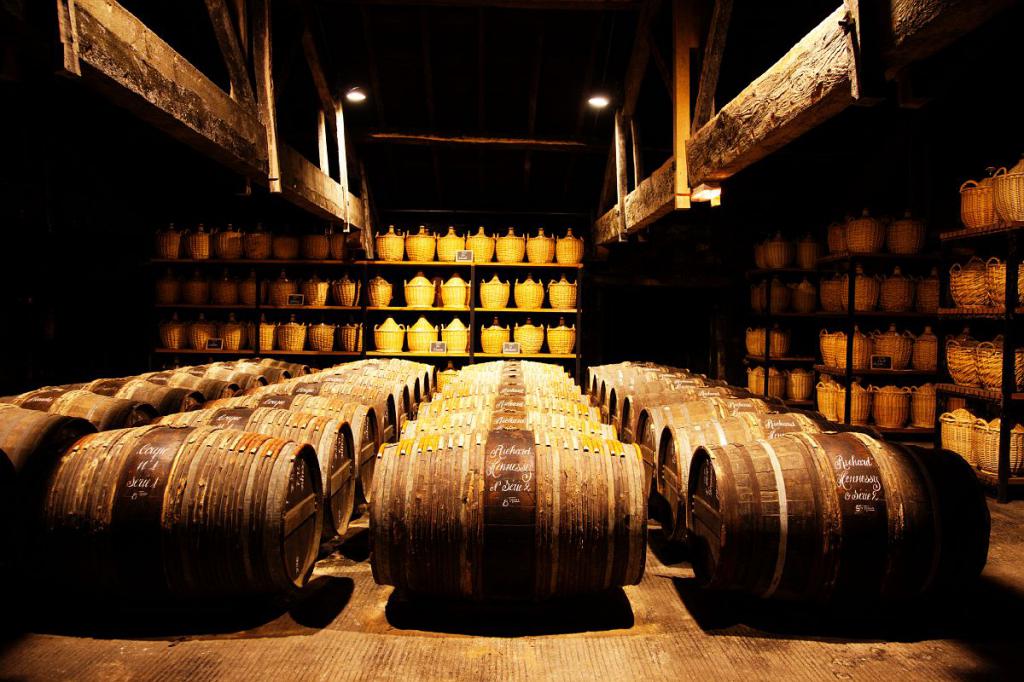
Cognac is stored in oak barrels the amount of time that was planned. After that, the drink is bottled and moved to another part of the cellar, where it is stored on demand. Most of the famous brands of cognac created by blending. This means that the drink contains more than one grape variety from different years.
Production nuances
There are some nuances of making a strong alcoholic drink, which are aimed at improving the taste characteristics. This assembly is the mixing of different alcohols, and the reduction is the dilution of cognac distillate with water. This is done if you get too strong a drink. At the same time, it is important to add water as carefully as possible, otherwise, with quick mixing, color and taste distortion may occur.
It is also acceptable to add a small amount of sugar and caramel to the drink. Despite the fact that caramelization is considered acceptable, it is most often used for the manufacture of inexpensive cognacs, as it quickly gives the desired color and shades of taste to the drink.
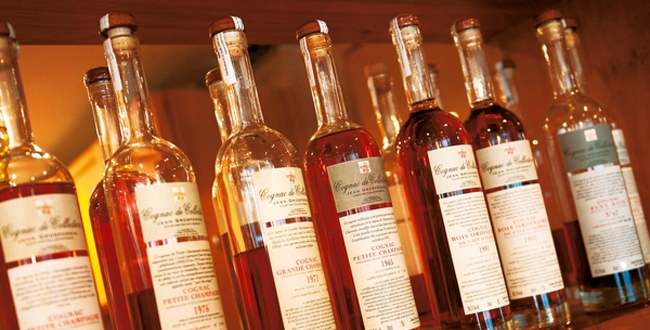
The age of natural cognac can easily be distinguished by color - the younger it is, the brighter. Unfortunately, this determination method does not apply to most brands of spirits that are available to more than half of the population. This is due to the fact that the lack of a bouquet in inexpensive cognacs is compensated by the addition of flavoring additives, such as caramel and others.
Interesting Facts
Despite the fact that only a drink produced in the French province of Cognac can be called cognac, this name has long become a household name and is used everywhere.
There are clearly regulated designations for cognac aging:
- V.S. - aging in oak barrels for 2 years;
- V.S.O.P. - four year exposure;
- V.V.S.O.P. - five-year exposure;
- X.O. - aging in barrels for at least 6 years.
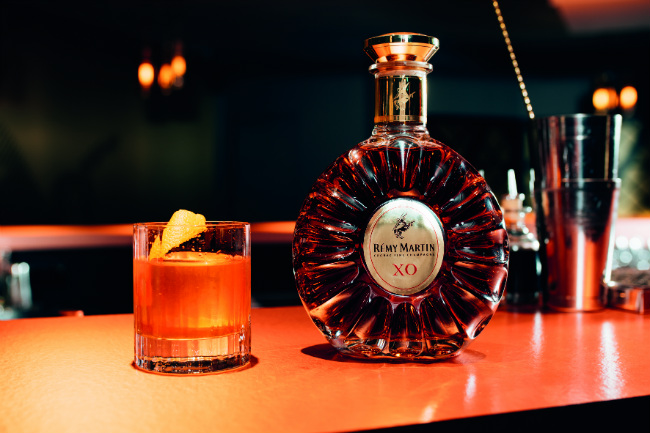
Despite this, there are also more seasoned cognac varieties that are much more valuable, respectively, their cost is also higher.
Conclusion
What is cognac distillate? Any person who is somehow involved in the manufacture of a noble drink knows. When distilling a young wine into alcohol, you need to carefully monitor the process in order to prevent mistakes that can adversely affect the quality characteristics of the resulting drink.
